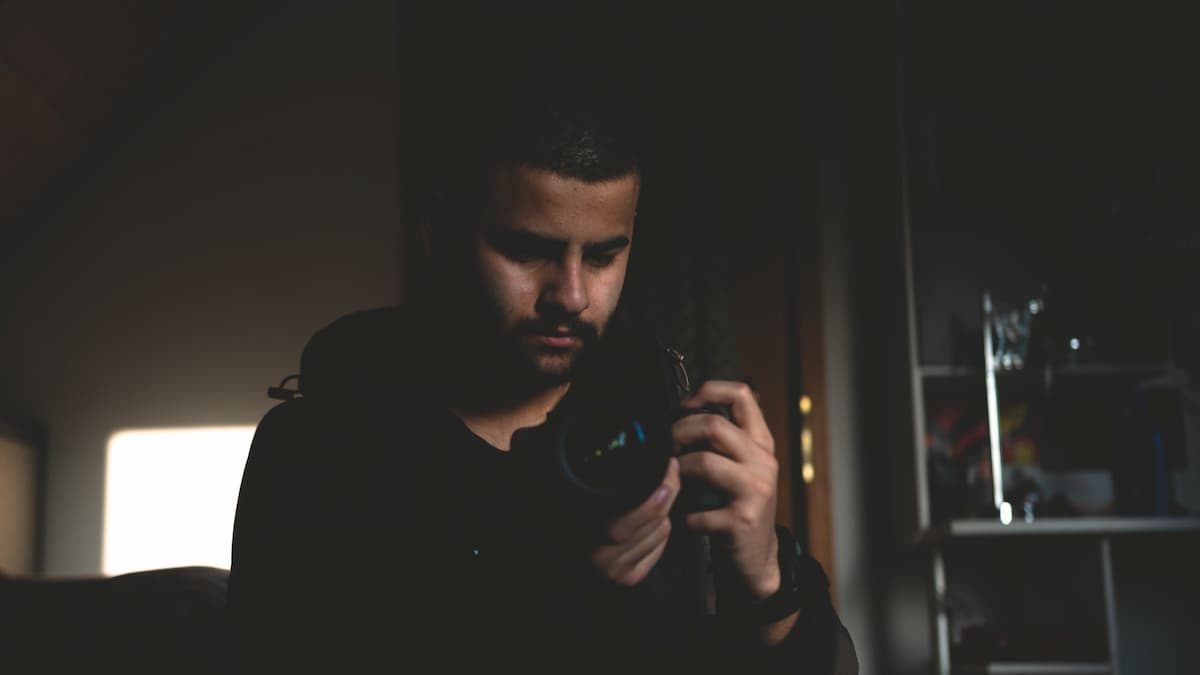Your cart is currently empty!

What are the 7 elements of photography?
Introduction
knowing the seven fundamental elements of photography: line, form, shape, substance, pattern, color, and space. To be able to take pictures that stand out, professional photographers invest a lot of time learning and honing their craft.
When utilized properly, each one helps transform a plain snapshot into a piece of beauty. Professional photographers dedicate time and effort to studying the nuances of what creates a great image.
Understanding The Elements Of Photography
This manual will help you get familiar with the formal components and demonstrate when and how to apply them in your picture compositions. In addition, you must understand the seven art and design components to improve your photography skills—
- Line
A path that crosses the frame or connects two places inside is referred to as a line. Such elements include things like meandering roads and mountain ridges with sharp peaks.
Use leading lines to direct the viewer’s eye around the frame; diagonals are particularly effective. The three types of lines are straight, curved, or a mix of the two. They might be psychological, psychologically suggested, dashed, interrupted, or substantial.
The kind and movement of the lines in your image give the image significance. Lines that are vertical or horizontal give a picture a feeling of solidity or a static vibe. Lines drawn at right angles might suggest speed and direction.
- Color
Recognizing the colors in a scene and deciding whether or not to include or exclude them from your composition can help you approach color in photography. One of the essential elements of every environment is color.
There is a distinction between “warm” and “cool” colors. Warm hues such as orange, red, and yellow conjure feelings of friendliness, life, and vigor. On the other hand, shades of violet, green, and blue that are considered cool have a softer, more calming quality.
- Texture
An object’s emotional effect and level of attention are strongly correlated with its texture. For instance, a rustic barn may serve as both a creative backdrop and a way to draw attention to the photographer’s subject.
The background that interesting people with textured skin communicate makes them more fascinating. On the other hand, texture in “unimportant” areas of a photograph might be distracting and too complicated. Adding texture to a photo is a great way to give it depth and intrigue.
How pronounced the textures are depends heavily on the angle of the light. Use the macro setting on your camera to focus on ridges or irregularities on a surface. Consider capturing pictures of concrete block walls, wood grain, or bricks.
- Shape
Kids focus mainly on shapes when they sketch, such as the outlines of a house, tree, sun, etc. A picture can have a “shape” by incorporating elements like a gateway with a rectangular entrance, square tiles, or a ring of trees.
By “framing” your source material, you may employ them to give your artwork a more polished appearance. In addition, you can calculate the overall height and breadth of shapes since they are two-dimensional.
The overlapping and intersection of several forms produce shape. Without form, texture, or color, a silhouette is the most basic representation of a shape. A silhouette is also the most visually visible because of the dramatic contrast it creates with its surroundings.
- Pattern
Patterns are shapes and textures that repeat in a rhythmic sequence. For example, it is important to recognize the pattern created by a mountain’s reflection in a body of water. Using these elements, you may make an attention-grabbing composition that keeps the viewer interested.
The human eye is programmed to look for patterns. A piece of art has recurring compositional elements called patterns. You need to be as interested as you are talented at photography if you want to incorporate patterns into your images properly.
Recurring elements in the foreground and background are frequent subjects for photography patterns. In addition, the repetition of a pattern found in nature, such as a wave or ripple, draws attention to specifics in your shot, such as an object or person that other aspects might hide.
- Space
All photography is about using space to provide the appearance of depth in a picture. “Space” can refer to the foreground, background, or positive and negative space in a picture to a photographer.
Positive space is the topic itself, whereas negative space describes the void spaces between the many “positive” ones. “Positive space” in a photograph refers to any region that draws the viewer’s eyes.
The void between positive regions is referred to as negative space. Simply alter how your topic contrasts with the other elements in the frame to make it look larger or smaller. As a result, the picture’s emotional undertones will shift dramatically.
- Form
Since photography is a twofold medium, like other forms of art, it is up to you to convey the third dimension by giving the appearance of depth.
A typical technique for producing this effect is to control the quantity of light that strikes your subject. For portrait photography, different lighting setups may significantly change how your subjects seem.
Start Clicking!
Now that you’ve learned about the different elements of photography, it’s time to click some great pictures! Explore the amazing world and catch the eccentricities of life and nature worldwide.
Implement the beauty of each of the seven elements and create your masterpieces for the world to witness!
Looking for something special for your own project, that nobody else has? Contact Siegmannstock with your image needs, being as specific as possible (time of day, type of location, with or without people, kinds of activity, etc.). We will do our best to fulfill that vision, then present you with the resulting images.